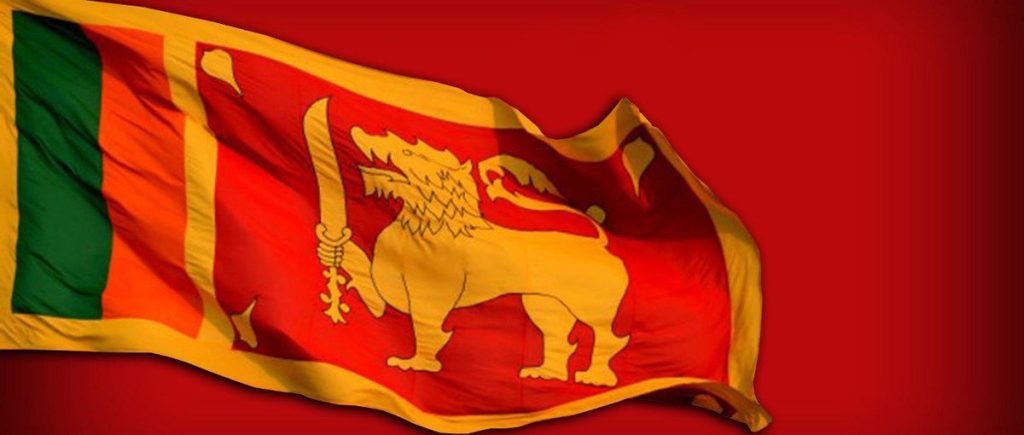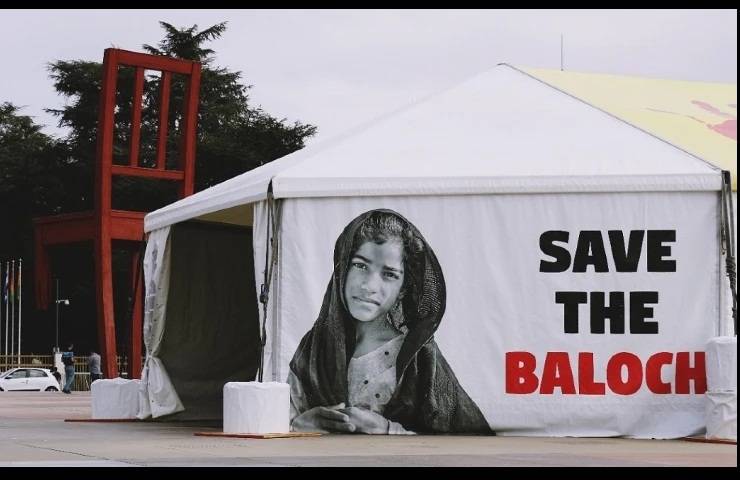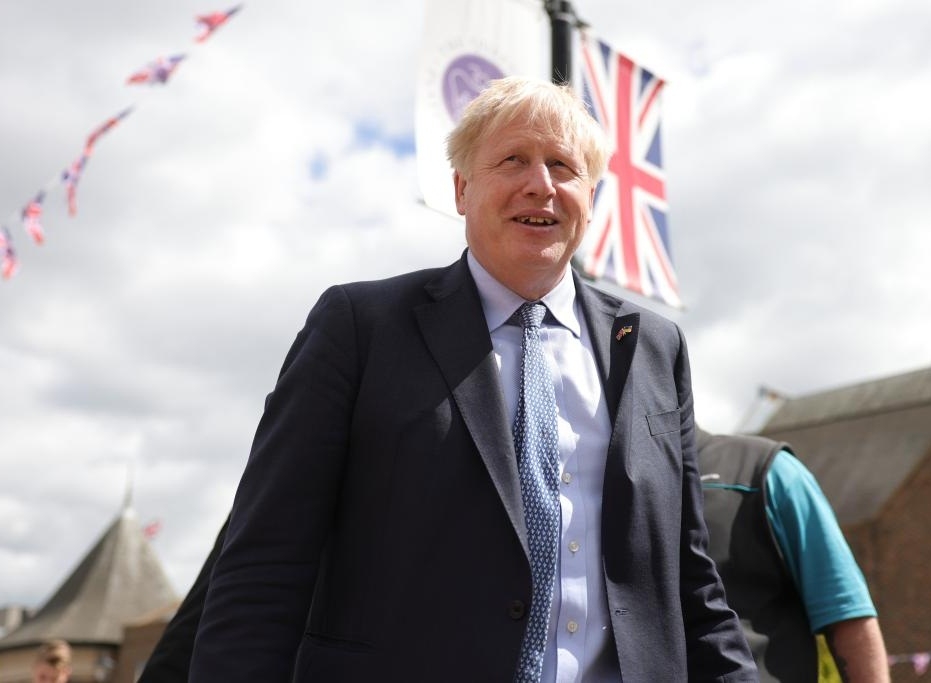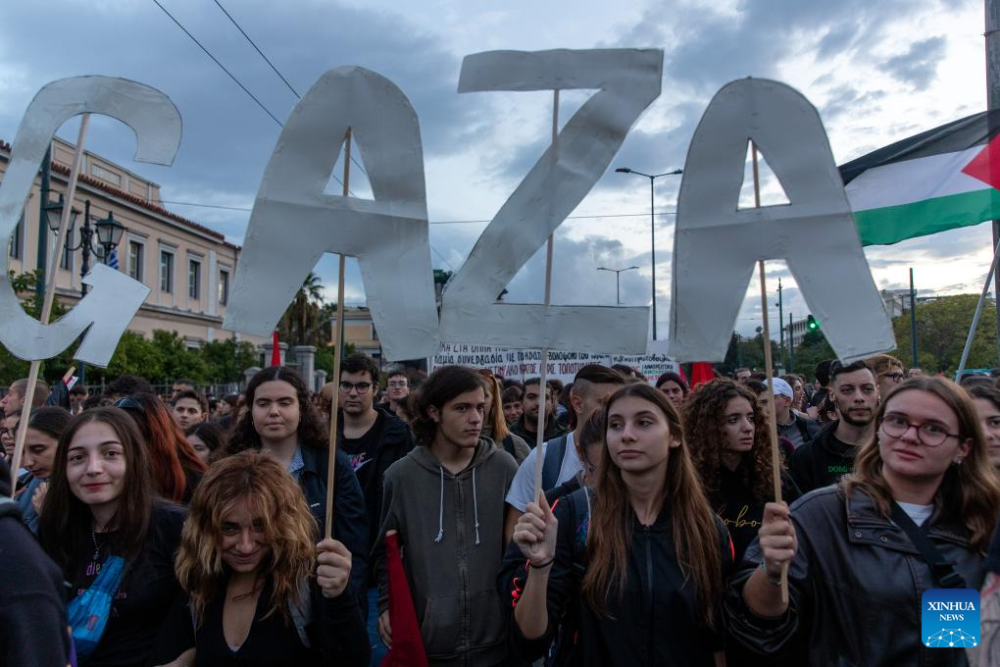The WFP appreciated the government’s commitment towards achieving food security and improved nutrition and to corporate with achieving the Agenda for 2030 and SDGs….reports Asian Lite News
United Nations’ World Food Programme (WFP) has approved $74.87 million worth of assistances to economically burdened Sri Lanka’s Country Strategic Plan (CSP) from 2023 to 2027.
The WFP’s Executive Board approved CSP is to be effective from next January and it is aligned with the national policy framework and consistent with the United Nations’ Sustainable Development Corporation Framework (UNSDCF) 2023-2027.
The CSP is also designed to support the country in achieving food security and improved nutrition by 2030 in line with the Substantial Development Goal (SGD) 2, Sri Lanka President’s Media Division stated.
The WFP appreciated the government’s commitment towards achieving food security and improved nutrition and to corporate with achieving the Agenda for 2030 and SDGs.

Executive Director of the World Food Programme (WFP) in Rome, David M. Beasley said that the WFP Executive Board approved Sri Lanka’s CSP, at its second Regular Session to assist Sri Lanka’s national efforts through food assistance in the short term, while restoring and improving food security and nutrition by developing in-country capacity to reduce vulnerability levels.
Writing to President Ranil Wickremesinghe in his capacity as the Finance, Economic Stabilisation and National Policies Minister, Beasley also noted that the WFP will also provide technical assistance and policy advice to help maximise the return on the government’s investment in food security and nutrition.
The resources for WFP operations derive from voluntary contributions pledged solely to WFP. Disbursements under this CSP will therefore be dependent on the level of resources provided by donors to WFP.
Last month the WFP announced that 32 per cent of Sri Lankan households were food insecure, and 68% per cent of households are turning to food based coping strategies
such as eating less preferred food or reducing the number of meals and portion-
sizes.
In November alone, WFP aimed to distribute 7,398 MT of food to approximately 400,000 people in five districts.
Additionally,approximately one million children were to receive school meals for three months across 7,900 schools island wide.
The UNICEF had estimated that approximately 2.3 million children are in need of humanitarian assistance, including 56,000 children suffering from severe acute malnutrition (SAM).
In October, the Humanitarian Needs and Priorities plan (HNP) was extended until the end of 2022, with the aim of providing life-saving humanitarian assistance to 3.4 million of the most vulnerable people in Sri Lanka. United Nations agencies, funds and programmes and implementing partners have stepped up their interventions recently and the number of people reached, currently at around 1.2 million, is expected to further pick up speed in the next few weeks.
The UN Office for the Coordination of Humanitarian Affairs has stated that 7 million Sri Lankans are in need of humanitarian assistance. The Humanitarian Needs and Priorities (HNP) plan has been extended until the end of 2022, recognising the continuing humanitarian needs across multiple sectors.
To date, $75.5 million have been contributed by donors towards the HNP, which includes generous contributions from Australia, the US, Japan, Canada, Norway, New Zealand and the European Union.














